Home>Furniture & Design>Interior Design Trends>How Is Candy Glass Made
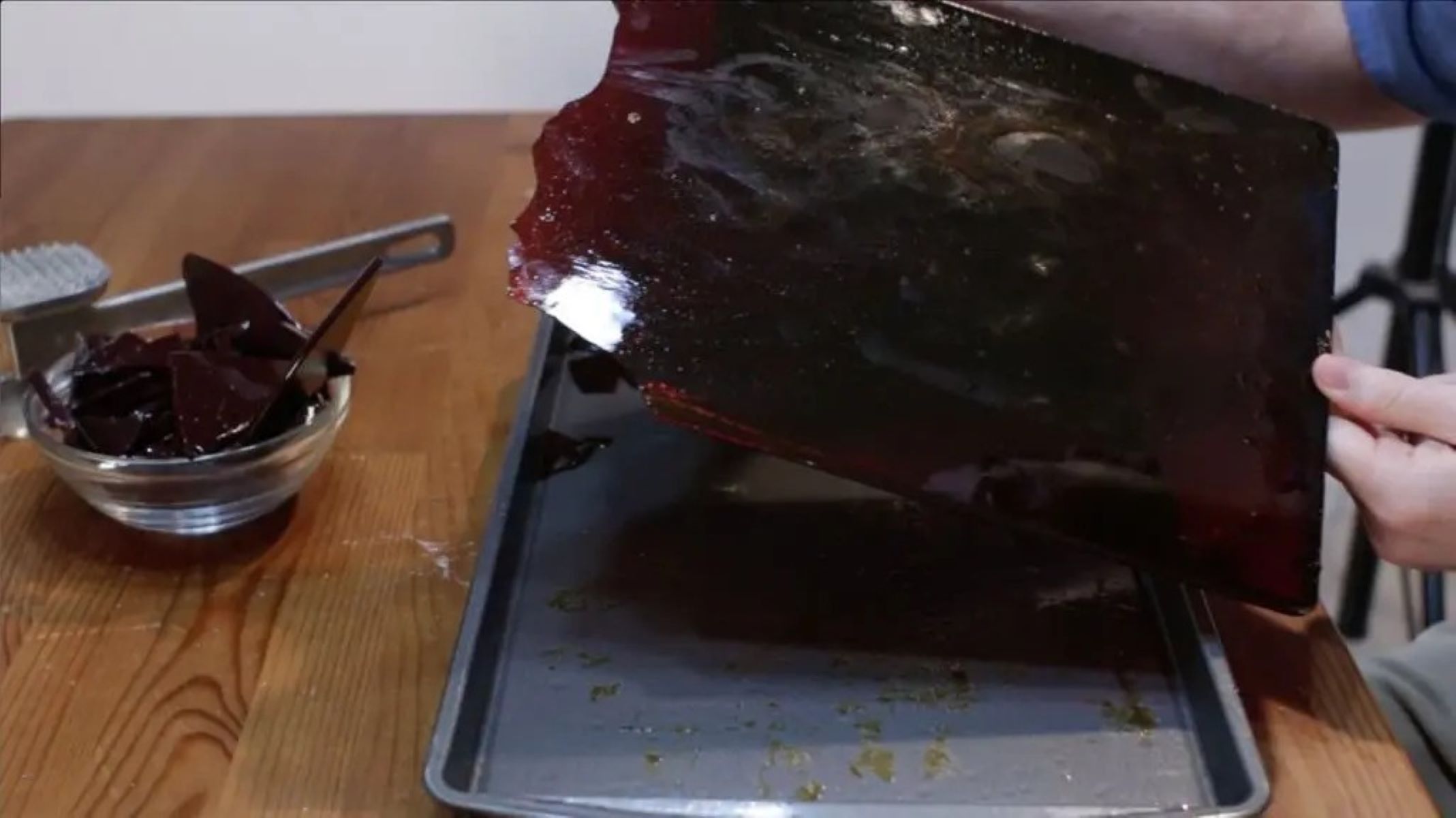

Interior Design Trends
How Is Candy Glass Made
Modified: February 18, 2024
Discover the latest interior design trends and learn how candy glass is made. Explore innovative techniques and stylish ideas for your home.
(Many of the links in this article redirect to a specific reviewed product. Your purchase of these products through affiliate links helps to generate commission for Storables.com, at no extra cost. Learn more)
Introduction
Candy glass, also known as sugar glass or edible glass, is a fascinating confectionery that resembles real glass but is entirely edible and safe to consume. This unique treat is often used in the culinary world for decorative purposes, such as creating stunning edible sculptures, intricate designs, and realistic-looking props for desserts and confectionery displays.
The process of making candy glass involves transforming simple ingredients, primarily sugar and water, into a solid, transparent substance that mimics the appearance of glass. This confectionery art form has been perfected over the years, resulting in a versatile and visually captivating medium that adds a touch of elegance and creativity to various culinary creations.
Candy glass is not only visually appealing but also offers a delightful sensory experience. When properly made, it produces a satisfying crunch and a sweet, melt-in-your-mouth sensation, making it a versatile and enjoyable addition to a wide range of desserts and confections.
In the following sections, we will delve into the fascinating world of candy glass, exploring the ingredients, steps, and techniques involved in creating this delectable and visually stunning confectionery. By understanding the intricacies of making candy glass, you can unlock a world of creative possibilities and elevate your culinary endeavors with this edible work of art.
Key Takeaways:
- Making candy glass involves transforming simple ingredients like sugar and water into a visually stunning and edible confectionery that adds elegance and creativity to desserts and confections. It offers a delightful crunch and melt-in-your-mouth sensation, enhancing the sensory experience.
- The process of cooling and shaping candy glass is crucial for achieving its transparent and brittle texture. This versatile medium can be broken into shards or shaped into intricate designs, adding a visually captivating element to culinary creations.
Read more: How To Make Glass Candy
Ingredients for Making Candy Glass
To create the mesmerizing and delectable candy glass, you will need a handful of simple yet essential ingredients. The process of making candy glass involves transforming these basic components into a solid, transparent, and edible substance that resembles real glass. Here are the key ingredients required to embark on this delightful culinary adventure:
1. Granulated Sugar
Granulated sugar serves as the primary building block of candy glass. Its ability to caramelize and solidify when heated is essential for achieving the desired texture and appearance of the finished product. The sugar undergoes a remarkable transformation during the cooking process, turning into a glossy and translucent material that closely resembles glass.
2. Corn Syrup
Corn syrup plays a crucial role in the candy glass-making process. It helps prevent the crystallization of sugar, ensuring a smooth and uniform texture in the final product. Additionally, corn syrup contributes to the sheen and transparency of the candy glass, enhancing its visual appeal.
3. Water
Water is a fundamental component in the creation of candy glass. It serves as the medium for dissolving the sugar and corn syrup, facilitating the formation of a syrup that will eventually solidify into the glass-like confectionery.
Read more: How Is A Glass Cup Made
4. Flavoring and Coloring Agents (Optional)
While not essential, flavoring and coloring agents can be added to the candy glass mixture to impart unique tastes and vibrant hues. Common flavorings include vanilla extract, peppermint oil, or fruit essences, while food coloring can be used to achieve a spectrum of captivating shades, adding an extra layer of creativity to the candy glass.
5. Cream of Tartar (Optional)
Cream of tartar, a byproduct of winemaking, can be used as a stabilizing agent in the candy glass recipe. It helps prevent the crystallization of sugar and contributes to the smooth texture and appearance of the finished product.
By combining these simple yet essential ingredients in the right proportions and following the precise cooking and cooling techniques, you can create stunning and delectable candy glass that will elevate your culinary creations to new heights of artistry and visual appeal.
Steps for Making Candy Glass
-
Prepare the Ingredients: Gather the required ingredients, including granulated sugar, corn syrup, water, and optional flavorings and coloring agents. Ensure that you have the necessary equipment, such as a heavy-bottomed saucepan, candy thermometer, and silicone spatula, ready for the candy-making process.
-
Combine the Ingredients: In the saucepan, combine the granulated sugar, corn syrup, and water. Stir the mixture gently to ensure that the sugar is evenly moistened. If using cream of tartar, add it to the mixture at this stage.
-
Heat the Mixture: Place the saucepan over medium heat and allow the mixture to come to a gentle boil. Avoid stirring the mixture once it begins to boil, as this can cause crystallization. Instead, use a pastry brush dipped in water to brush down any sugar crystals that form on the sides of the pan.
-
Monitor the Temperature: Attach the candy thermometer to the side of the saucepan and monitor the temperature of the boiling syrup. The goal is to reach the hard-crack stage, which typically ranges between 300°F and 310°F (149°C to 154°C). This temperature range ensures that the sugar syrup will solidify into a hard, glass-like substance when cooled.
-
Add Flavorings and Coloring (Optional): If desired, add flavorings and coloring agents to the syrup once it reaches the desired temperature. Stir gently to distribute the flavorings and achieve the desired color.
-
Remove from Heat: Once the syrup reaches the hard-crack stage and any optional flavorings and coloring agents are incorporated, remove the saucepan from the heat source. Exercise caution, as the syrup will be extremely hot.
-
Pour and Shape the Candy Glass: Carefully pour the hot syrup onto a prepared silicone mat or greased baking sheet. Use caution to avoid splashing or spilling the hot syrup. Allow the syrup to cool and solidify into a transparent, glass-like sheet.
-
Break or Cut into Shapes: Once the candy glass has cooled and hardened, it can be broken into shards or cut into desired shapes using a sharp knife or culinary tools. The resulting candy glass pieces can be used to adorn desserts, create edible decorations, or add a touch of elegance to culinary presentations.
By following these meticulous steps, you can master the art of making candy glass, unlocking a world of creative possibilities and enhancing the visual appeal of your culinary creations with this exquisite and edible work of art.
Cooling and Shaping the Candy Glass
Once the hot syrup has been carefully poured onto a prepared silicone mat or greased baking sheet, the cooling and shaping process begins. This critical stage is where the molten syrup undergoes a remarkable transformation, solidifying into a transparent and brittle candy glass that can be shaped and utilized in various culinary applications.
As the syrup cools, it gradually transitions from a viscous, molten state to a rigid and translucent sheet with a glass-like appearance. The cooling process is essential for achieving the desired texture and visual characteristics of the candy glass. During this phase, the sugar molecules reorganize and solidify, creating a structure that mimics the transparency and brittleness of real glass.
The rate of cooling plays a significant role in determining the final texture of the candy glass. Gradual and controlled cooling allows the sugar molecules to arrange themselves in an orderly fashion, resulting in a smooth and uniform surface. Rapid cooling, on the other hand, can lead to uneven crystallization and a cloudy or opaque appearance in the finished candy glass.
Once the syrup has completely cooled and solidified, it can be shaped and manipulated to suit the intended culinary purpose. Depending on the desired application, the candy glass can be broken into irregular shards to add a touch of elegance to desserts, or it can be carefully cut into precise shapes to create edible decorations and intricate designs.
The transparency and brittleness of the candy glass make it a versatile medium for culinary creativity. Its ability to capture and refract light, similar to real glass, adds a visually captivating element to desserts and confections. Whether used as delicate shards adorning a cake or sculpted into intricate shapes to adorn pastries, the cooled and shaped candy glass serves as a stunning and edible embellishment that elevates the visual appeal of culinary creations.
In mastering the art of cooling and shaping candy glass, culinary enthusiasts and professionals alike can unlock a world of creative possibilities, adding a touch of artistry and sophistication to their culinary presentations. The delicate and captivating nature of candy glass makes it a sought-after element in the realm of confectionery, offering a delightful fusion of visual allure and delectable sweetness.
Read more: How Is Stained Glass Made
Conclusion
In conclusion, the art of making candy glass is a captivating fusion of culinary craftsmanship and artistic expression. From its humble ingredients of sugar, water, and corn syrup to the mesmerizing transformation into a transparent and edible confectionery, the process of creating candy glass is a testament to the ingenuity and creativity within the realm of culinary arts.
The allure of candy glass lies not only in its visual resemblance to real glass but also in its delightful sensory experience. When expertly made, candy glass offers a satisfying crunch and a sweet, melt-in-your-mouth sensation, adding a layer of sensory delight to culinary creations. Its versatility as a decorative medium allows for endless possibilities, from adorning cakes and pastries with delicate shards to crafting intricate designs and edible sculptures that captivate the eye and elevate the overall presentation of desserts.
Mastering the art of making candy glass opens a world of creative opportunities for culinary enthusiasts, pastry chefs, and confectionery artists. The ability to manipulate this edible medium into an array of shapes and forms enables the creation of visually stunning and delectable masterpieces that leave a lasting impression on those who experience them.
Furthermore, the incorporation of optional flavorings and coloring agents provides an avenue for personalization, allowing chefs and creators to infuse their candy glass with unique tastes and vibrant hues that complement their culinary vision. Whether it's the subtle aroma of vanilla, the refreshing essence of peppermint, or a spectrum of captivating colors, these additions enhance the aesthetic appeal and sensory delight of the candy glass.
The cooling and shaping process is a pivotal stage in the creation of candy glass, where the molten syrup undergoes a remarkable transformation, solidifying into a transparent and brittle confectionery. The controlled cooling and meticulous shaping of the candy glass contribute to its visual allure and versatility, making it an invaluable asset in the realm of confectionery and dessert decoration.
In essence, the journey of creating candy glass is a celebration of creativity, precision, and artistry within the culinary domain. Its ability to transform simple ingredients into a visually captivating and delectable medium exemplifies the endless possibilities that exist within the world of culinary arts. By mastering the craft of making candy glass, culinary enthusiasts can infuse their creations with a touch of elegance, sophistication, and delectable sweetness, leaving a lasting impression on those who indulge in their culinary masterpieces.
Frequently Asked Questions about How Is Candy Glass Made
Was this page helpful?
At Storables.com, we guarantee accurate and reliable information. Our content, validated by Expert Board Contributors, is crafted following stringent Editorial Policies. We're committed to providing you with well-researched, expert-backed insights for all your informational needs.
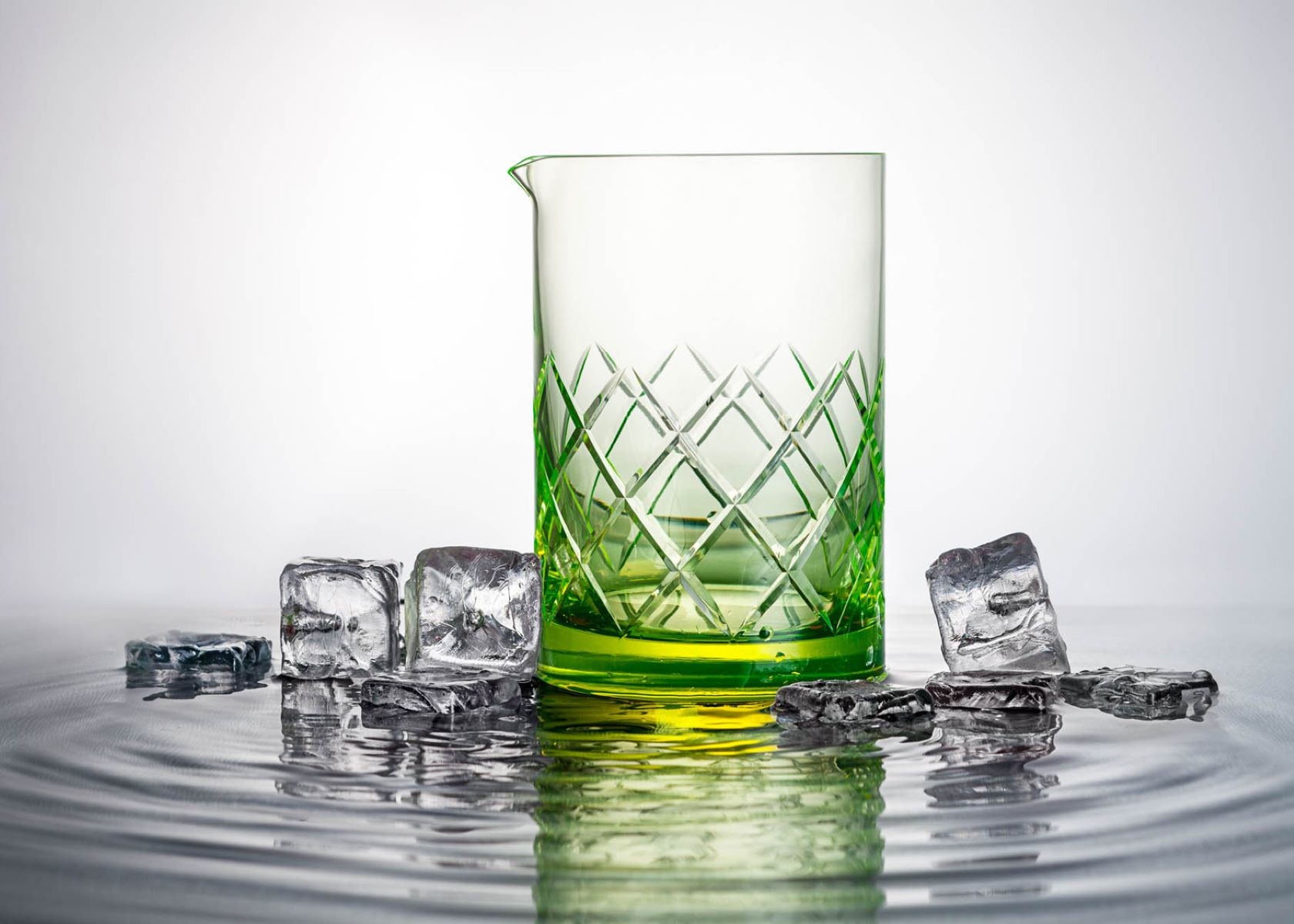
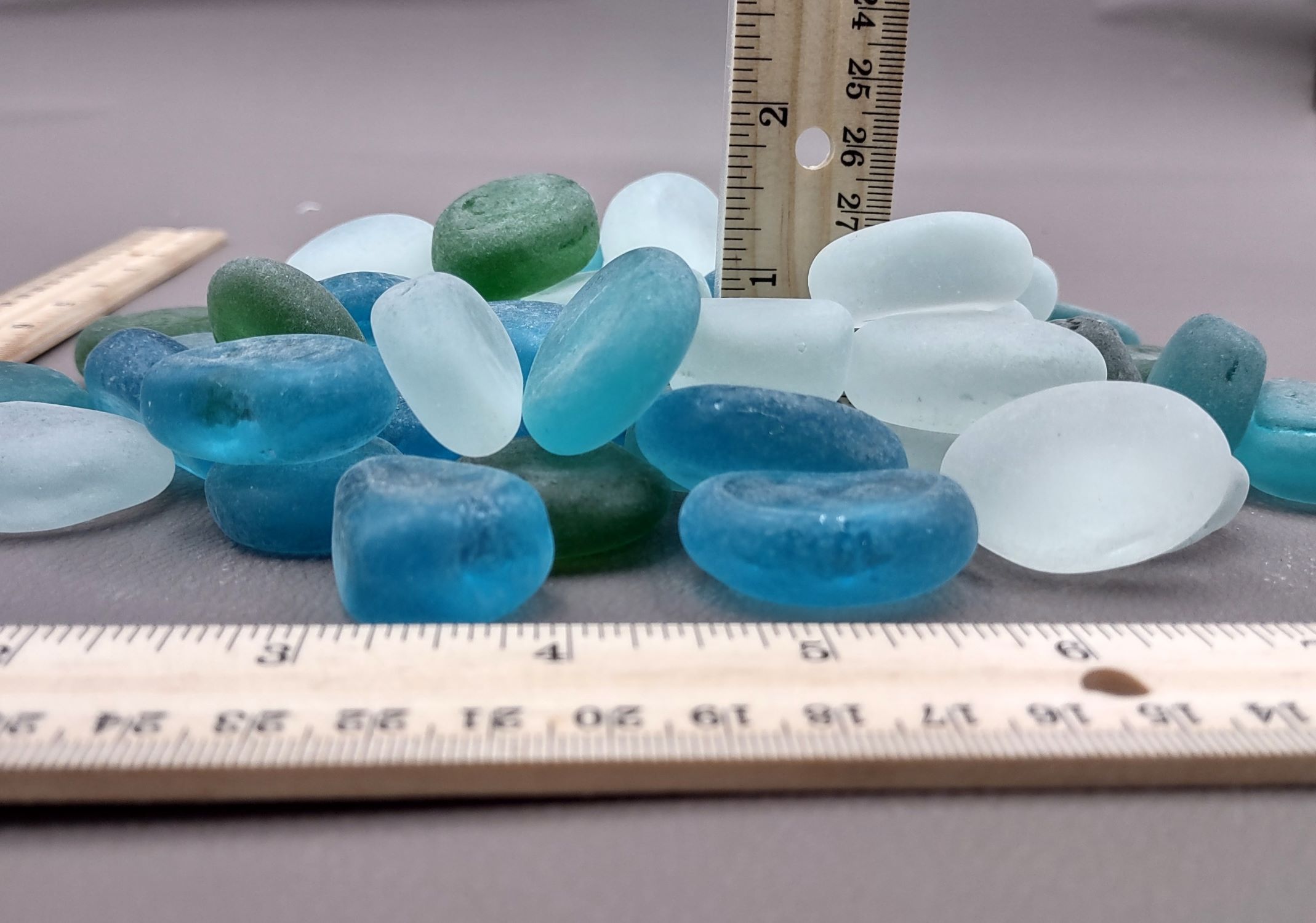
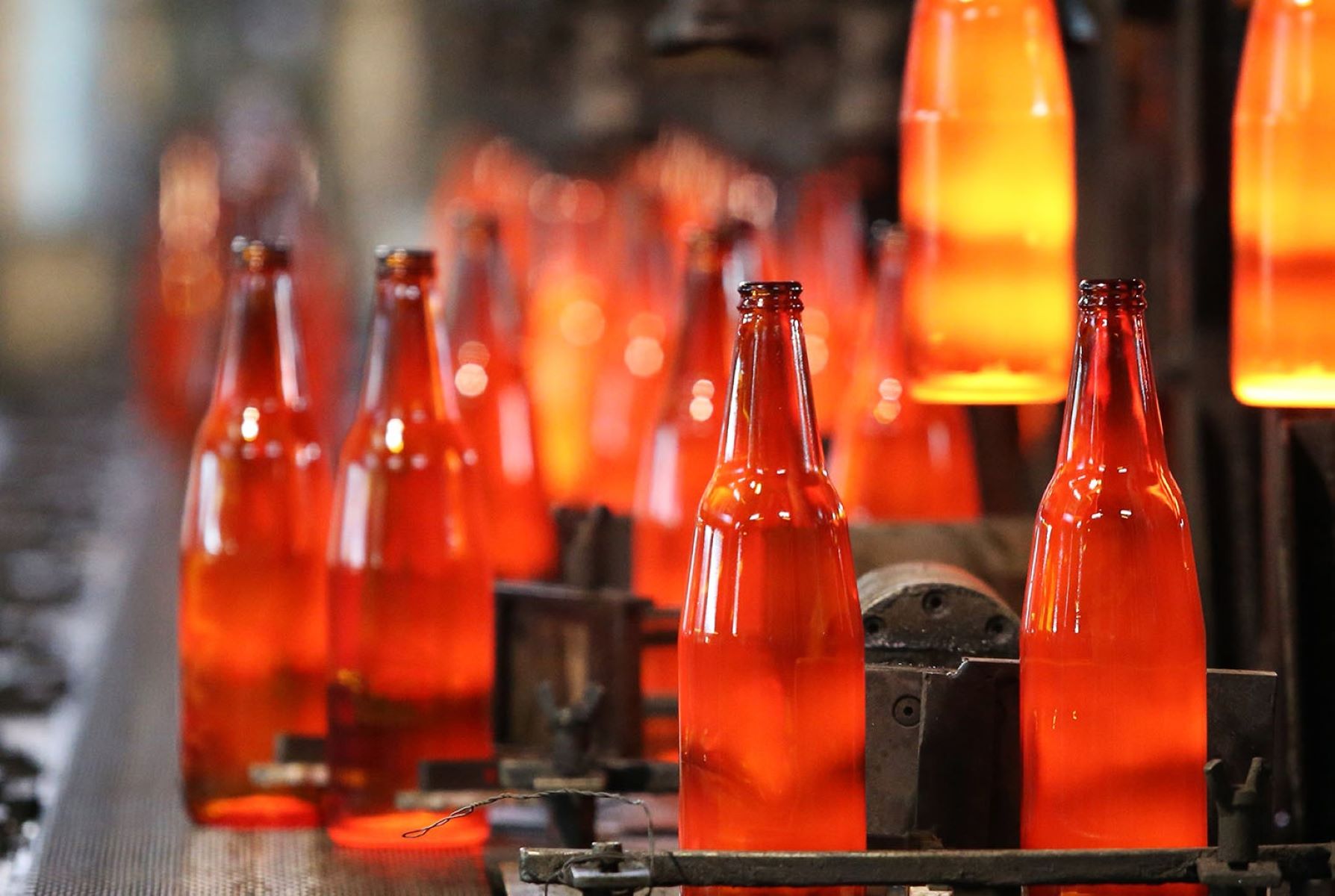
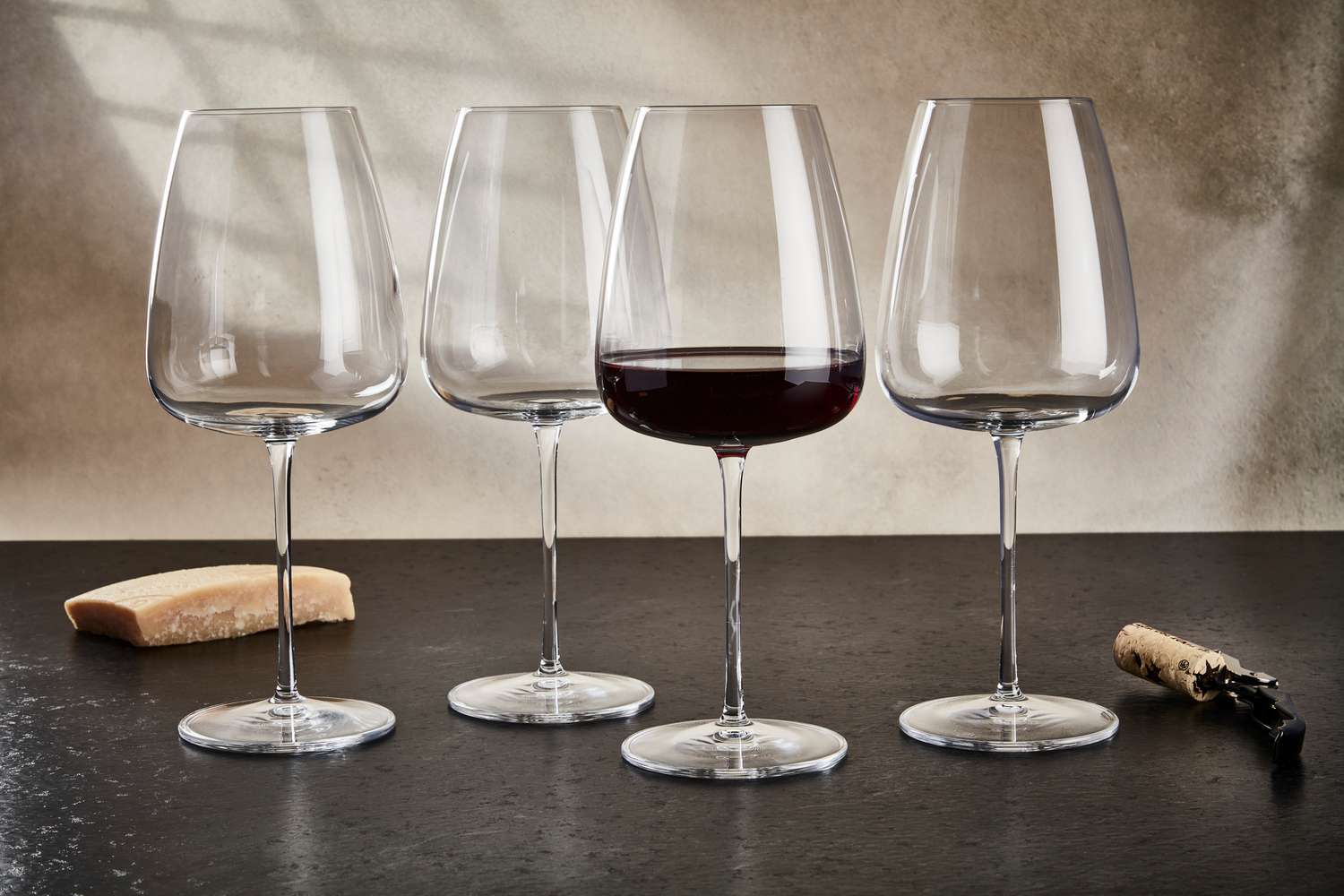
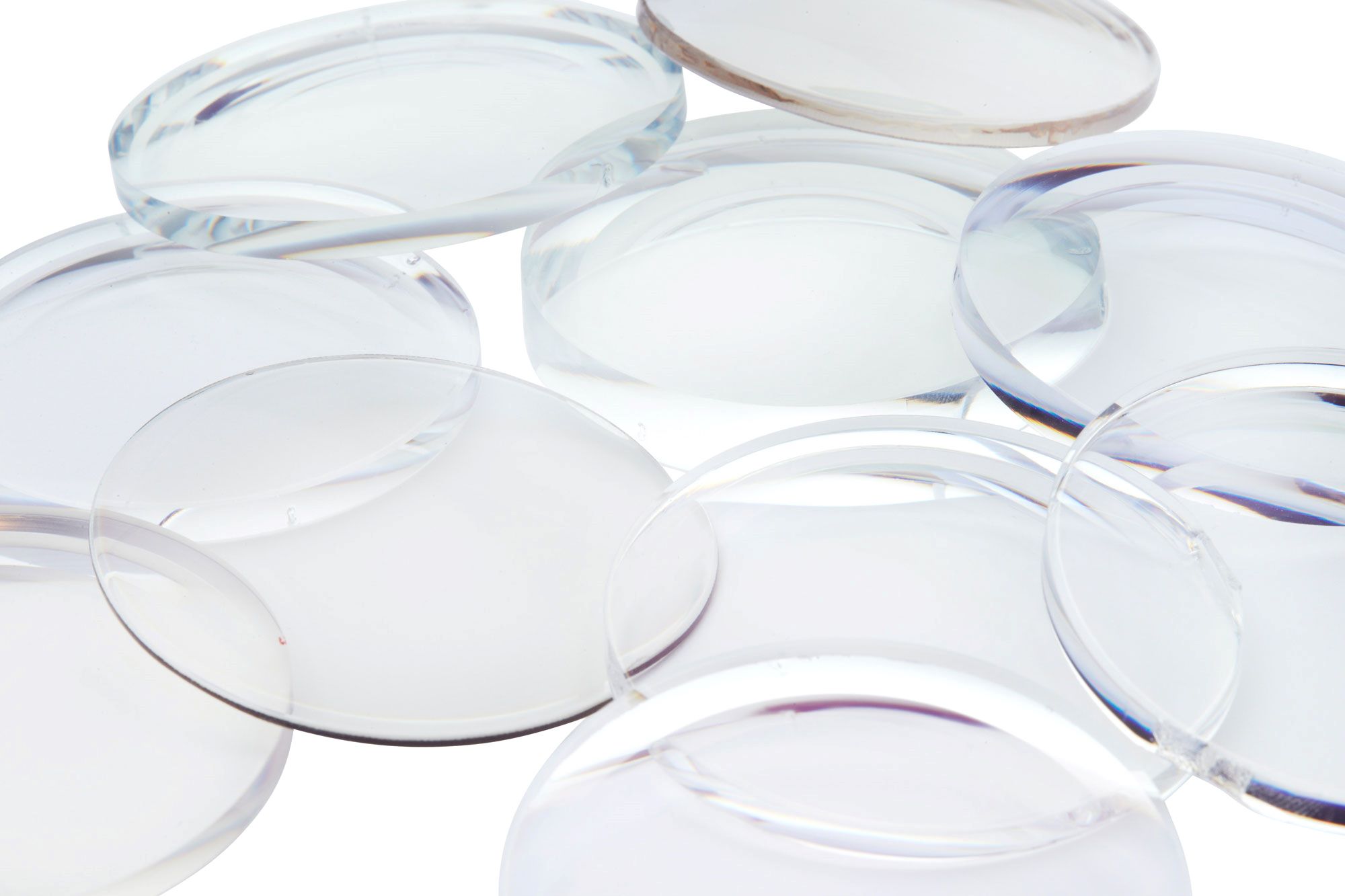
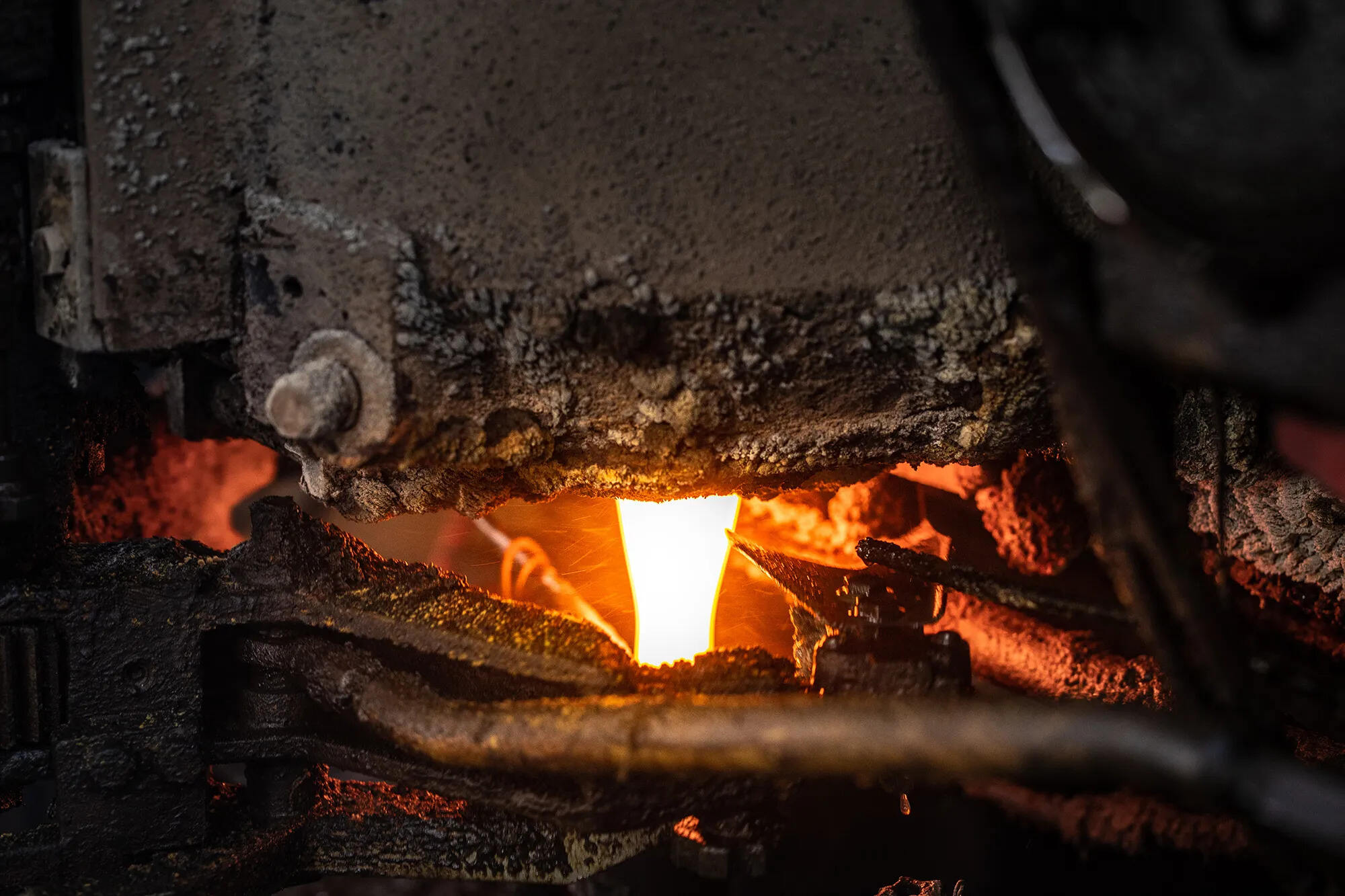

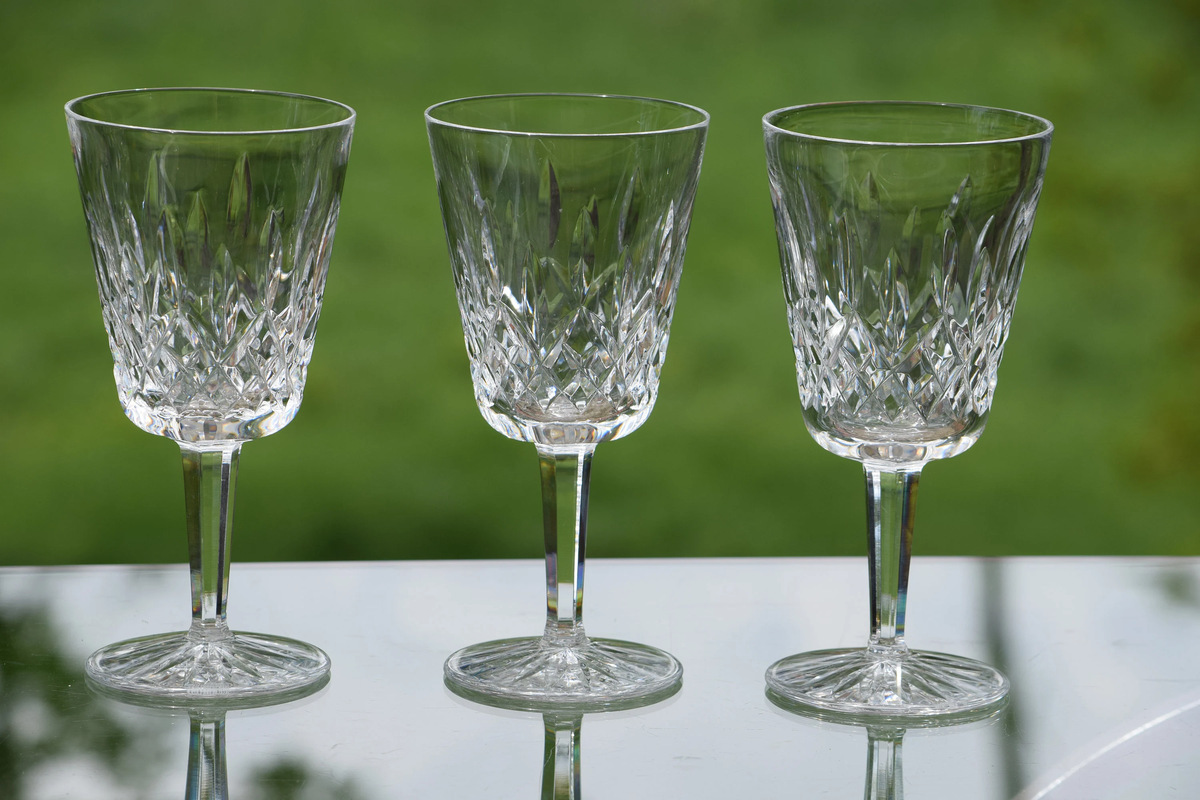
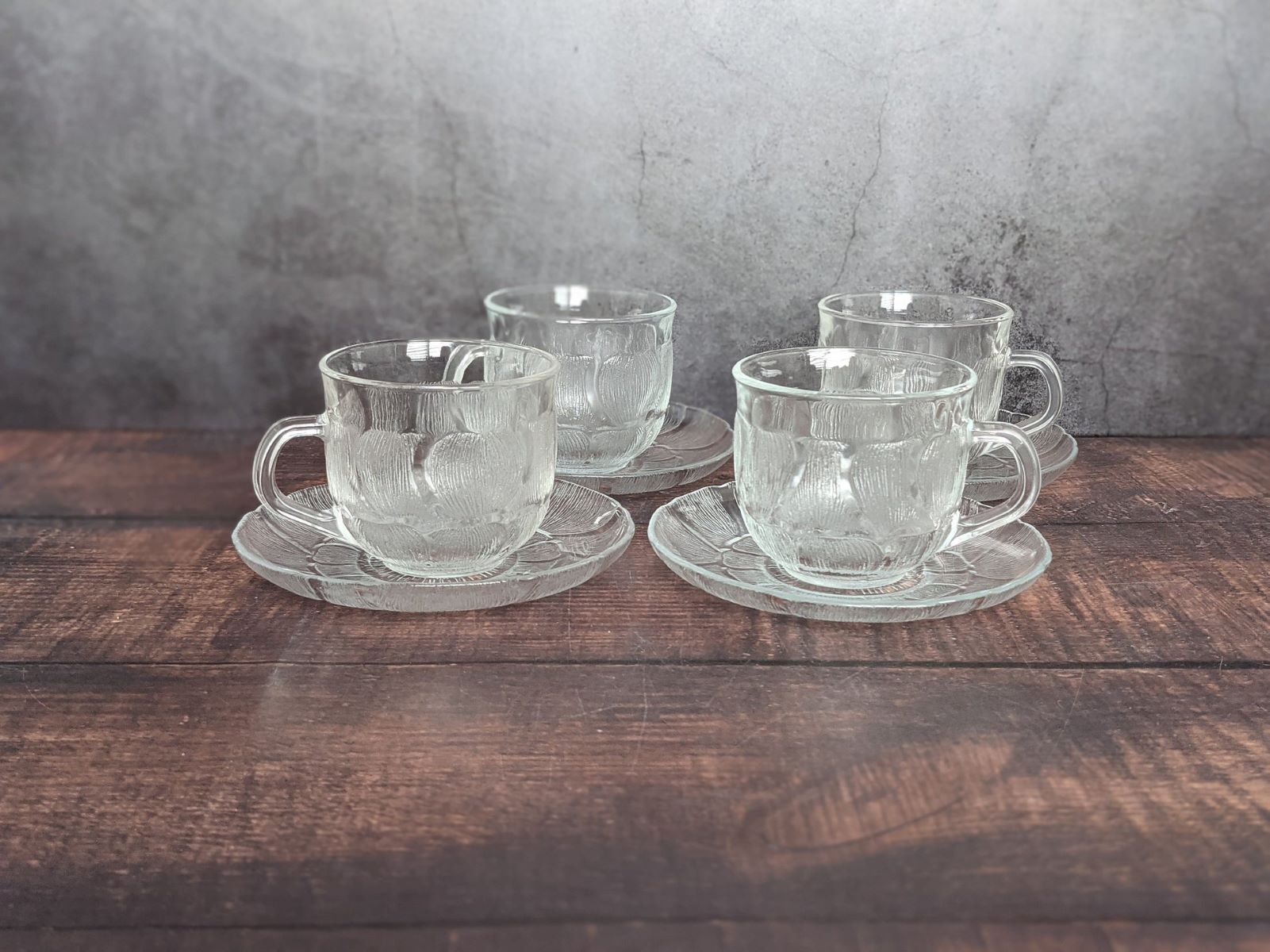
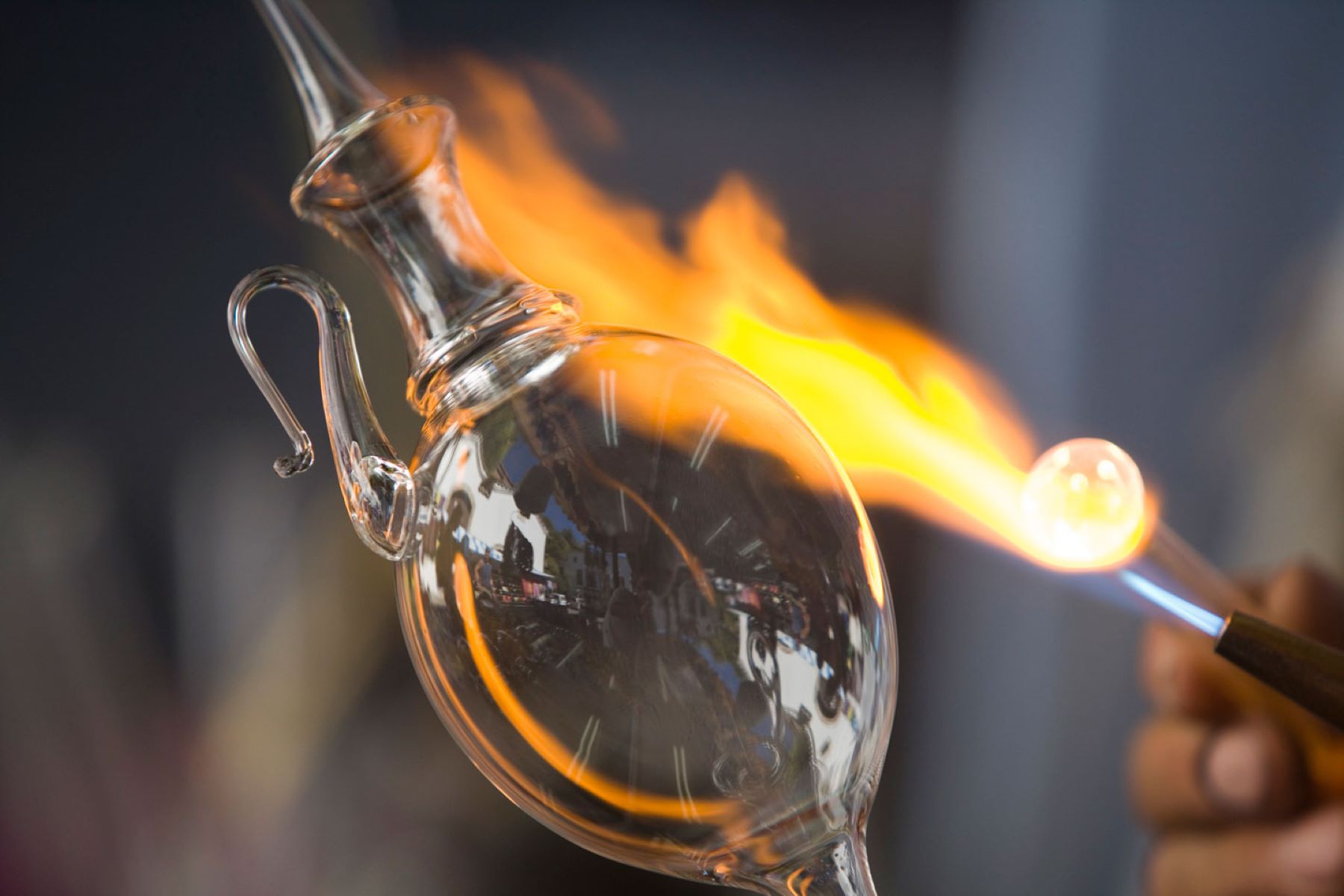
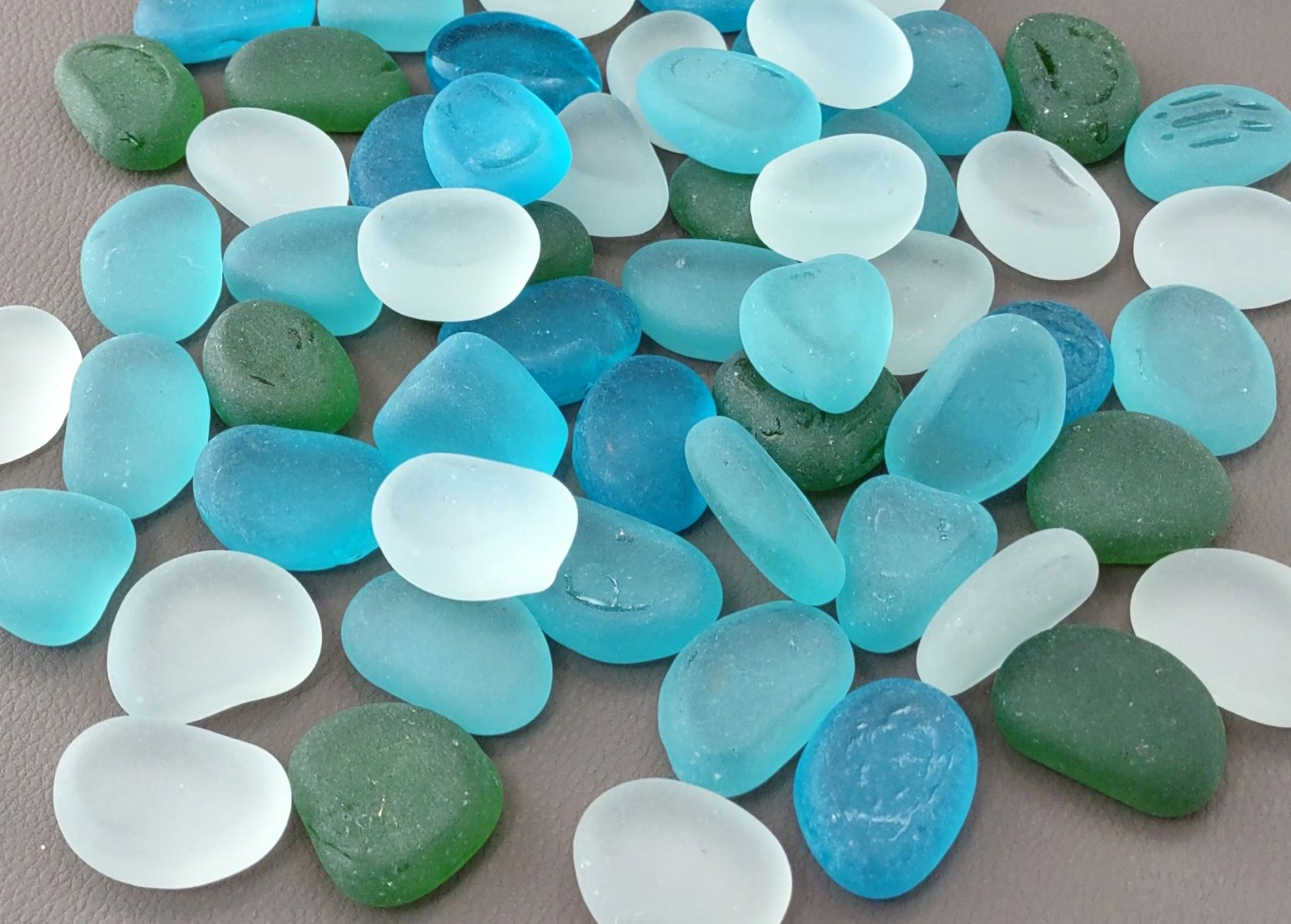
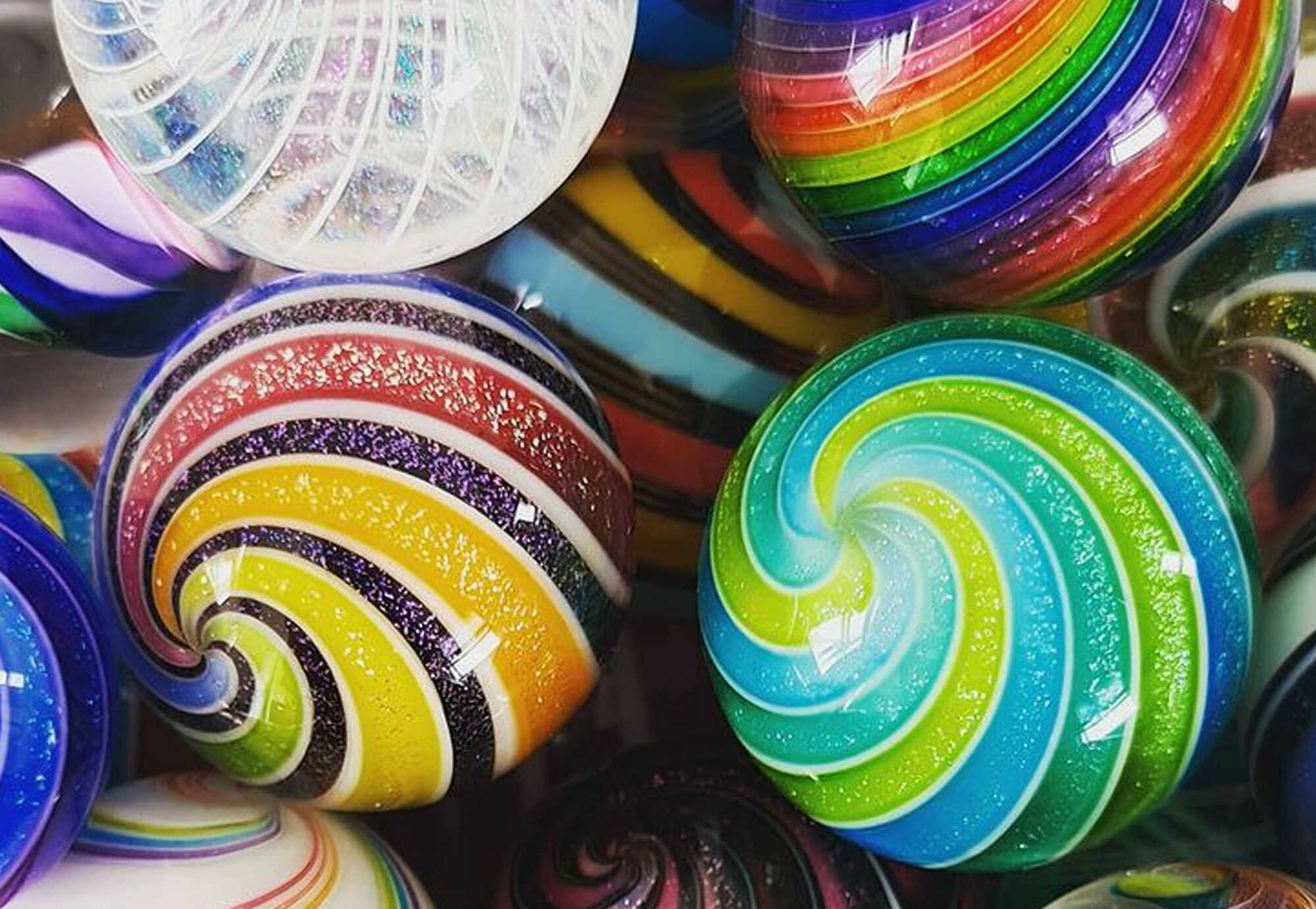
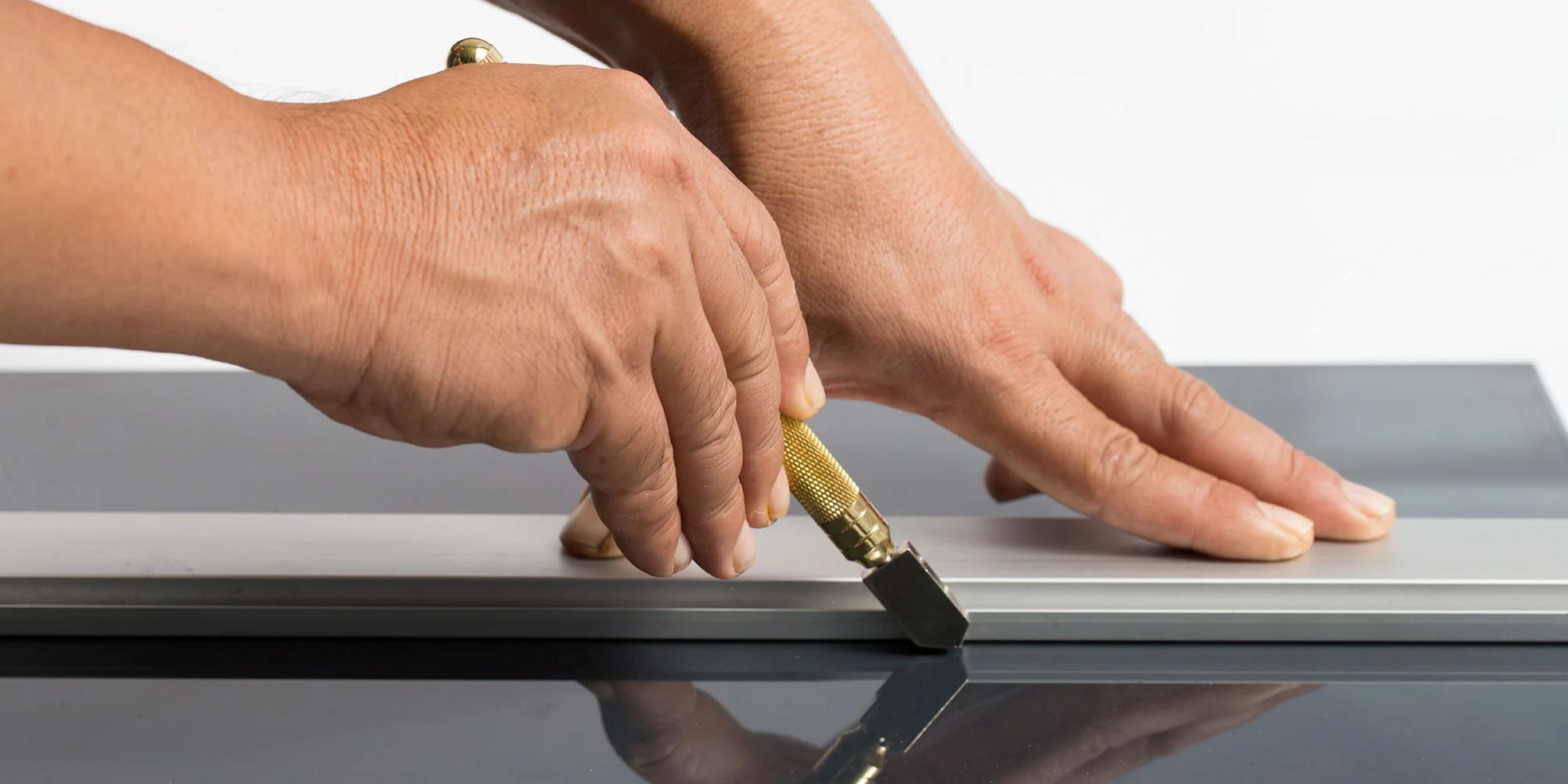

0 thoughts on “How Is Candy Glass Made”